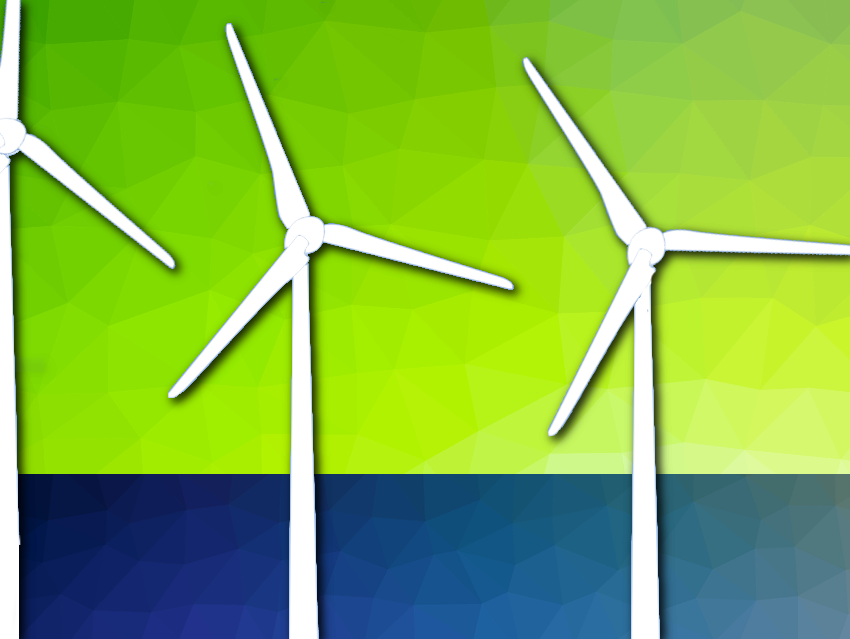BASF and RWE have signed a letter of intent on a cooperation to create additional capacity for renewable electricity and the use of innovative technologies for climate protection. Under the project, an additional offshore wind farm with a capacity of 2 GW will supply BASF’s Ludwigshafen site with green electricity and enable CO2-free production of hydrogen. The aim is to electrify production processes for basic chemicals that are currently based on fossil fuels. This will involve using CO2-free technologies such as electrically heated steam cracker furnaces to produce petrochemicals.
According to the companies, these plans could result in the avoidance of around 3.8 million metric tons of CO2 emissions per year, including 2.8 million tons directly at BASF in Ludwigshafen. No public subsidies would be needed to build the wind farm.
Martin Brudermüller, Chairman of the Board of Executive Directors of BASF SE, emphasized: “Without the availability of sufficient quantities of electricity from renewable sources at competitive prices, our future transformation is not possible! This task can only be accomplished with innovative and intensive cooperation between politics and industry. And it requires cooperation across value chains. In our partnership between RWE as a leader in power generation and BASF in chemicals, we bring together the necessary prerequisites and the will to shape things.”
Linking a new offshore wind farm already in the planning stage to an industrial customer like BASF, who will convert its production to green electricity and hydrogen, would be a first for Germany. To realize this plan, a suitable regulatory framework is needed. The companies suggest that offshore project sites should be specifically designated for tenders focused on industrial transformation processes and green electricity should not be subject to EEG levy. Germany’s renewable energy surcharge (EEG levy) is paid on every kilowatt-hour used by consumers with their electricity bill and supports wind, solar, biomass, and hydropower installations. A regulatory framework for CO2-free hydrogen production is lacking
Also of Interest
- First Electrically Heated Steam Cracker
24 March 2021 – BASF, SABIC, and Linde join forces to demonstrate innovative concept to reduce CO2 emissions




